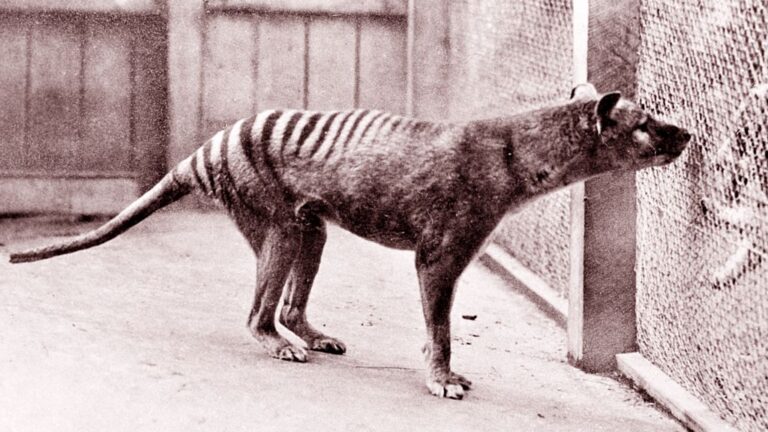
Ex utero?
The final thing the company announced was that it was working on getting dunnart embryos to develop outside of the womb. Marsupials are born at a point that’s roughly only halfway through normal mouse development—all the organs are in place, but haven’t matured—and finish developing in their mother’s pouch. Rather than working with surrogate dunnart parents for a much larger thylacine, Pask’s team is considering trying to get them to develop to birth in an artificial uterus. And they say they’re making progress, getting dunnart embryos to get about two-thirds of the way through a normal pregnancy.
At this point, they’ve got immature neural cells and have started forming the cells that will go on to form muscles and the vertebrae. But many critical events need to happen in the remaining one-third of the pregnancy, and Colossal isn’t ready to talk about what goes wrong to stop development here. And when asked about how the embryos were kept during their earlier development, Lamm said, “We are not sharing much about this at this time.”
It’s a bit frustrating that more details on this work aren’t available. It’s nice to know that progress is being made on a very risky project, but one of the better ways to reduce risk is to have other labs validate the things you’re doing along the way. Some of this information, such as the DNA segments involved in craniofacial development, would be of general interest to developmental biologists. Hopefully, over time, the company will continue to submit some of its work to peer-reviewed journals.
In the meantime, the clear indications of progress suggest that some of the unique features of the marsupials—relatively rapid generation times, accessible reproductive system, and many similarities to well-studied placental mammals—are helping this project move ahead at a reasonably rapid clip. That’s not a guarantee it’ll get all the way to something resembling a thylacine. But if it doesn’t, then it will at least help us understand why de-extinction doesn’t work sooner than work on the mammoth will.

